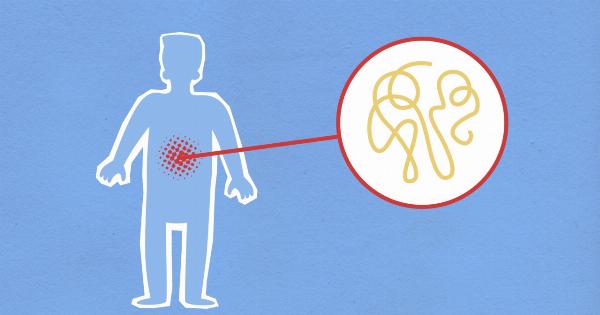Our sense of smell is an essential tool in our daily lives. From personal hygiene to identifying hazardous materials, olfaction plays an integral role in human and animal wellbeing.
However, a recent study has revealed that the erosion of the sense of smell can be an early indicator of premature mortality.
The Study
The study in question was conducted by scientists at Stockholm University, Sweden. It analyzed medical data from 1,400 patients over a ten-year period. At the beginning of the study, the patients were asked to identify five different smells.
The same test was then given to the participants six years later.
The results of the study showed that those who had a significant decrease in their ability to identify smells had a 19% higher risk of death within the following four years.
The increase in risk was attributed to various causes, including neurodegenerative diseases, cancer, and cardiac issues.
How Does the Sense of Smell Deteriorate?
The sense of smell is closely linked to the olfactory nerve, which is responsible for transmitting smell information from the nose to the brain. Any damage or destruction of this nerve can result in the erosion of the sense of smell.
Several factors can contribute to such damage, including head injuries, infections, and certain medications. However, the most common cause of the loss of smell is aging.
As we grow older, the olfactory nerve stops regenerating, resulting in a decline in our sense of smell.
The Importance of Early Detection
The study by Stockholm University has underscored the need for early detection of olfactory dysfunction.
As the erosion of the sense of smell can be an early indicator of various health problems, identifying individuals with this condition can aid in the early diagnosis and treatment of various diseases, potentially reducing the risk of premature death.
Implications for Public Health
The findings of the study have significant implications for public health policies worldwide.
Governments and health organizations can use this information to develop screening programs for olfactory dysfunction, especially in middle-aged and older adults. Educating the public on the importance of early detection and prompt treatment can help reduce the mortality rate associated with various disorders.
Conclusion
The erosion of the sense of smell can be an early marker of several diseases, including neurodegenerative disorders, cancer, and cardiovascular problems.
As such, identifying individuals with this condition can aid in the early diagnosis and treatment of these diseases, potentially reducing the risk of premature mortality. Governments and health organizations must establish screening programs to detect olfactory dysfunction, and the public should be educated on the importance of early detection and prompt treatment.



























